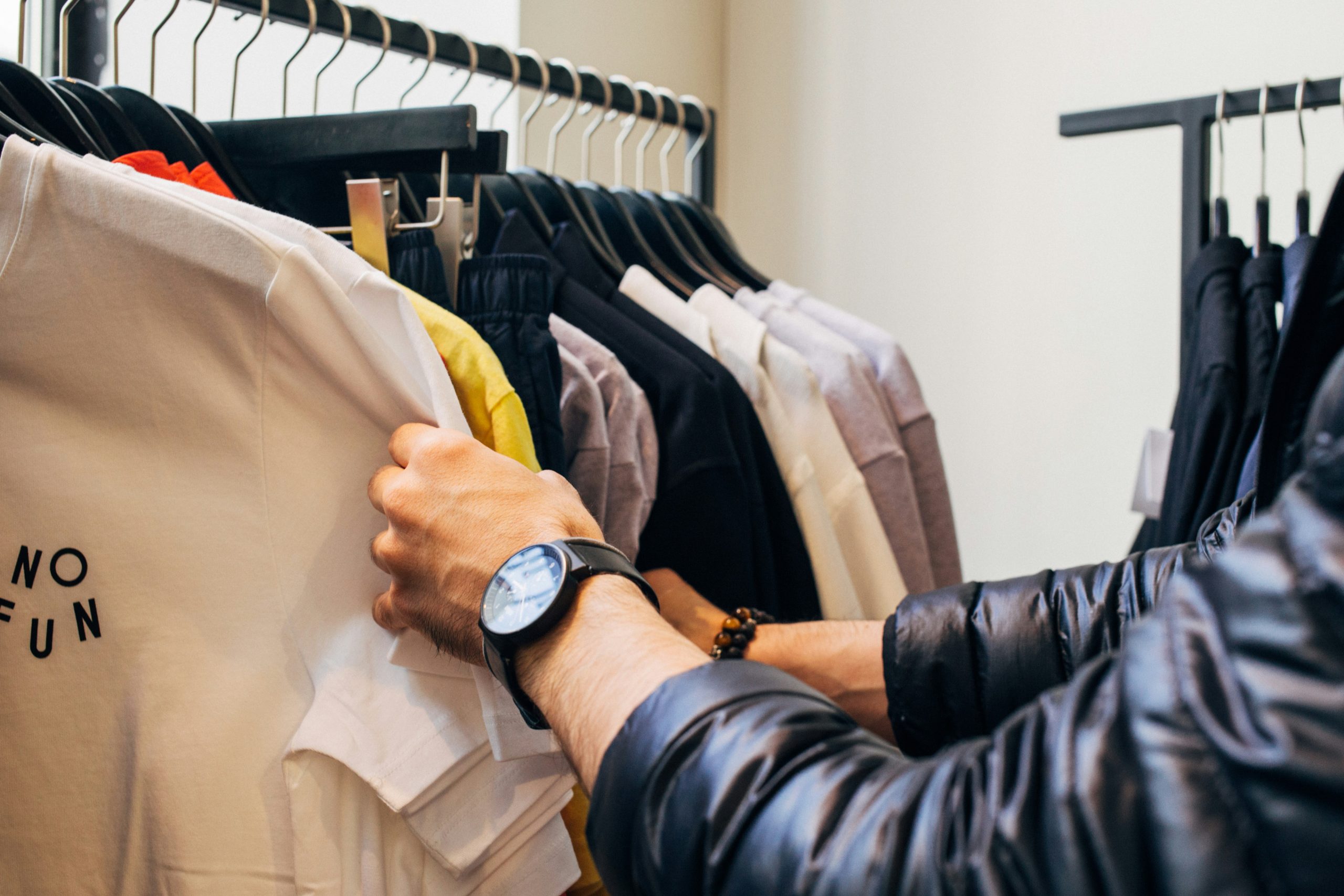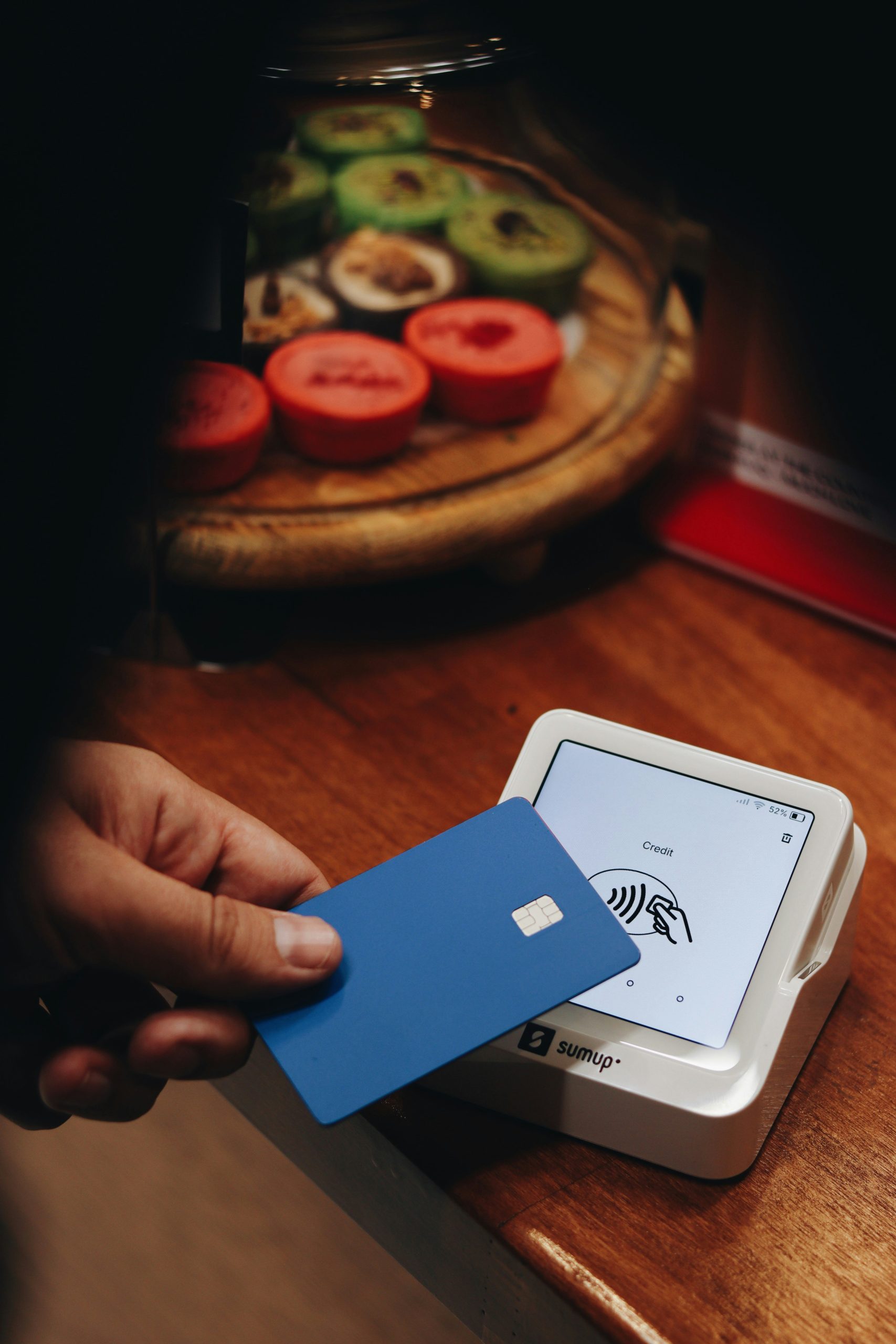
In a world that encourages hustle culture and burnout as the norm, it’s no surprise that we lean into “treating ourselves” as a form of comfort. From luxe skincare hauls to impulsive Amazon orders made after a bad day at work, retail therapy has become an oddly accepted (and even celebrated) way to cope.
The phrase “retail therapy” sounds harmless enough—like a cheeky indulgence or a well-earned splurge. And sometimes, that’s exactly what it is. But like any coping mechanism, when used frequently or unconsciously, it can turn from a quick mood booster into a deeper issue.
So when does “I deserve this” become a red flag? Let’s break down the line between healthy indulgence and emotional spending.
What Is Retail Therapy, Really?
Retail therapy is the act of shopping to improve your mood. It can be as small as buying a coffee on a stressful morning or as big as splurging on a designer bag after a breakup. It’s often impulsive, emotionally driven, and fueled by the need for immediate gratification.
There’s no denying that shopping can create a short-term dopamine rush. In fact, studies show that anticipating a purchase can activate the brain’s reward center, giving us a temporary high. But like any quick fix, that high wears off and sometimes leaves us with more anxiety, guilt, or financial stress than we had before.
When Treating Yourself Becomes a Pattern
Occasional indulgence isn’t a bad thing. In fact, treating yourself can be an empowering act of self-care when it’s done mindfully. But if you start to notice a pattern, like buying things to escape feelings of stress, loneliness, or boredom, it’s worth paying attention.
Emotional spending can creep in subtly. Maybe you always find yourself shopping online late at night when you can’t sleep. Maybe you joke about “retail therapy” after a hard conversation with your boss or a fight with your partner. Over time, shopping becomes less about joy and more about avoidance.
Ask yourself: am I buying this because I want it or because I’m trying not to feel something?
The Emotional Cost of Emotional Spending
The financial impact of frequent emotional spending is real, especially when it leads to credit card debt, buyer’s remorse, or strained savings goals. But the emotional cost is just as significant.
Using retail therapy as a crutch can prevent us from developing more sustainable ways of coping. Instead of sitting with uncomfortable feelings, talking to someone, or addressing the root cause of stress, we swipe a card and distract ourselves.
This avoidance creates a cycle: discomfort → purchase → temporary relief → guilt → repeat. Eventually, even the things we buy lose their spark because they’re not really filling the emotional void. They’re just muting it.
How Social Media Fuels the Urge to Spend
Platforms like TikTok, Instagram, and YouTube are saturated with content that normalizes impulse spending. “Haul” videos, unboxings, and “what I bought this week” posts turn consumption into entertainment. The message is clear: buying things is not only fun, it’s part of self-expression.
Influencers don’t just sell products. They sell lifestyle and identity. And when you’re feeling low or out of control, that glossy, curated version of life can be incredibly tempting. It can make you believe that the right outfit, the perfect planner, or that trending beauty product will make things better.
But those purchases rarely solve the underlying feelings. And they can quietly train us to associate spending with self-worth.

Healthy Ways to Reclaim the “Treat Yourself” Mentality
The goal isn’t to demonize spending or shame yourself for the occasional indulgence. The key is mindfulness. Here are a few ways to engage with retail therapy more intentionally:
Pause before purchasing. Ask yourself what you’re really feeling and whether the purchase will genuinely help.
Set a splurge budget. Give yourself a monthly “fun fund” so you can treat yourself without guilt or financial stress.
Find other ways to cope. Movement, journaling, deep conversation, or even simply taking a nap can offer better long-term relief than shopping.
Wait 24 hours. If you still want the item after a day, it might be something you truly value—rather than a fleeting impulse.
Track emotional spending triggers. Start noting when and why you’re tempted to shop. Patterns often reveal deeper needs.
When to Seek Support
If you find that emotional spending is affecting your relationships, mental health, or ability to meet basic financial needs, it might be time to seek help. Compulsive shopping can sometimes be a symptom of deeper mental health challenges like anxiety, depression, or unresolved trauma.
Therapists, especially those trained in financial therapy or behavioral psychology, can help untangle the emotional layers of your relationship with money. And talking openly about spending habits with trusted friends or partners can reduce shame and increase accountability.
You’re not broken if you use shopping to cope. You’re human. But the more you understand your emotional relationship with money, the more empowered you are to make choices that truly support you—not just soothe you in the moment.
Retail Therapy Can Be Both Comforting and Complicated
Shopping isn’t inherently bad. Neither is treating yourself. The real issue is intention. Are you spending money to enhance your life or to escape it? Is that new purchase aligned with your values or just an attempt to feel better fast?
Understanding your emotional triggers and patterns can help you regain control, feel more grounded in your spending decisions, and treat yourself in ways that actually feel restorative.
Do you think retail therapy helps or hurts in the long run? Have you ever used spending as a coping mechanism, and how did you realize it was time for a change?
Read More:
Is It Financial Infidelity If You Hide Your Shopping Haul From Your Partner?
Smart Shopping Hacks: How to Save Money and Still Enjoy the Thrill of Surprise
Riley Jones is an Arizona native with over nine years of writing experience. From personal finance to travel to digital marketing to pop culture, she’s written about everything under the sun. When she’s not writing, she’s spending her time outside, reading, or cuddling with her two corgis.
Comments